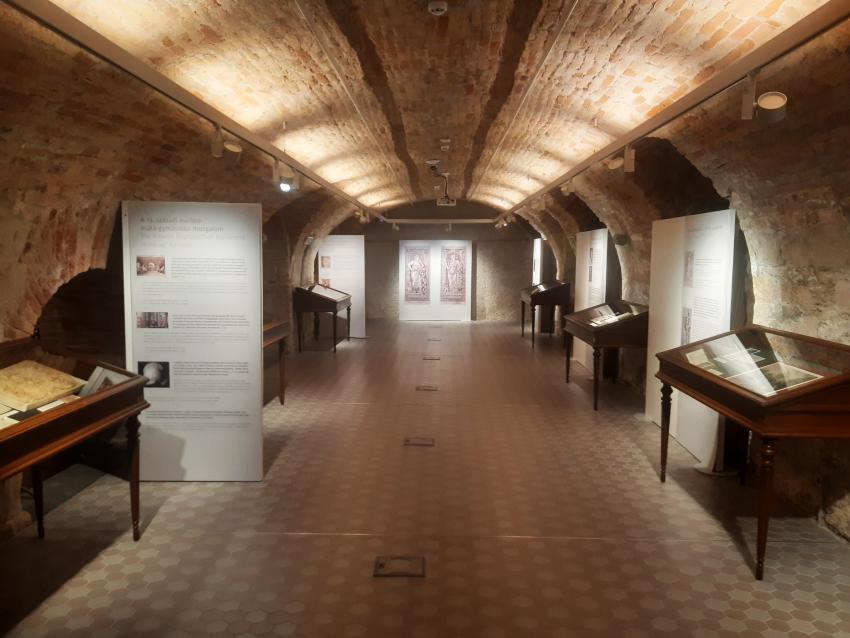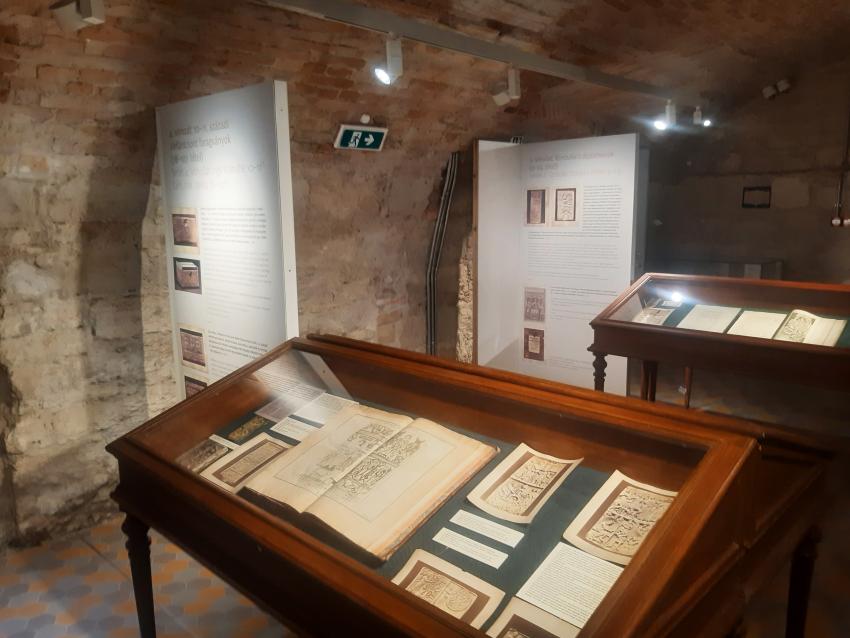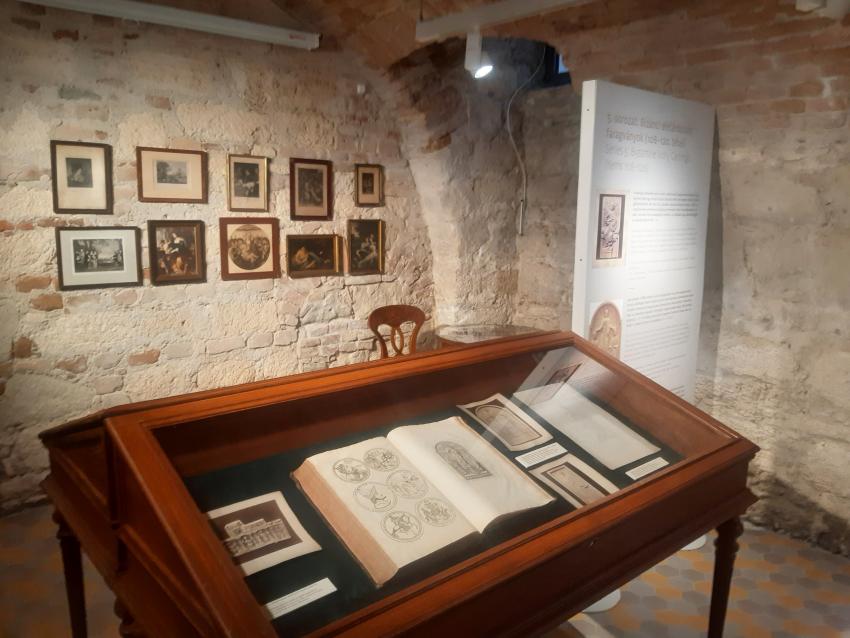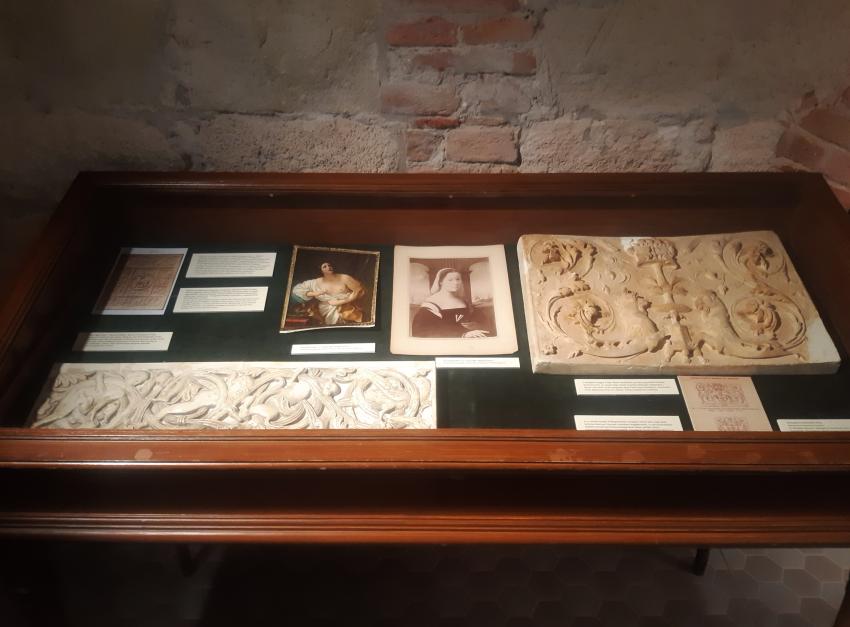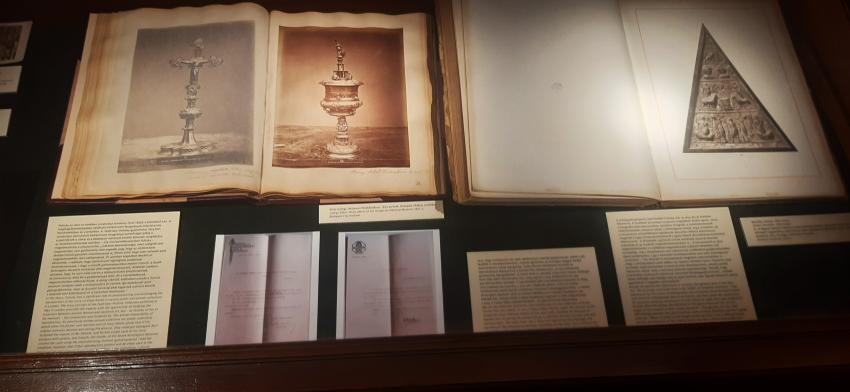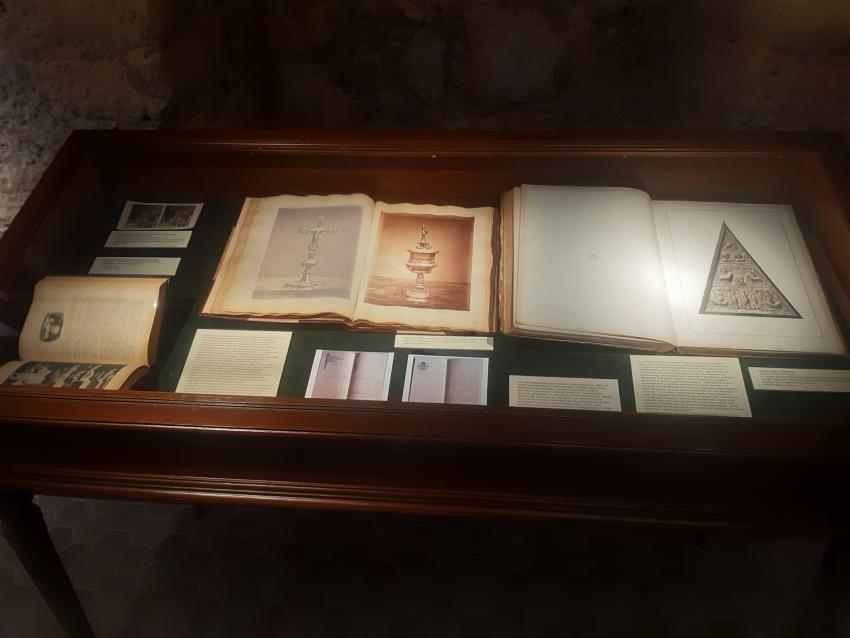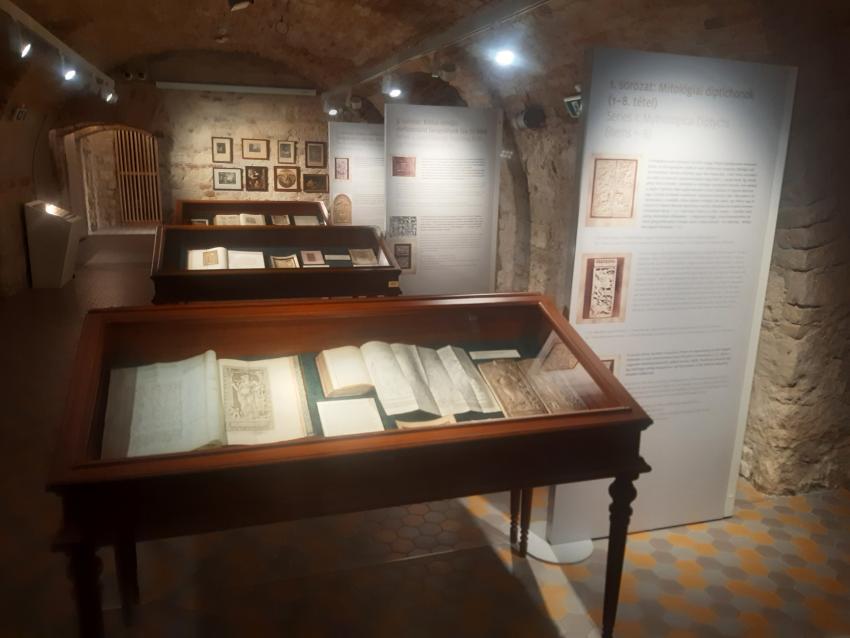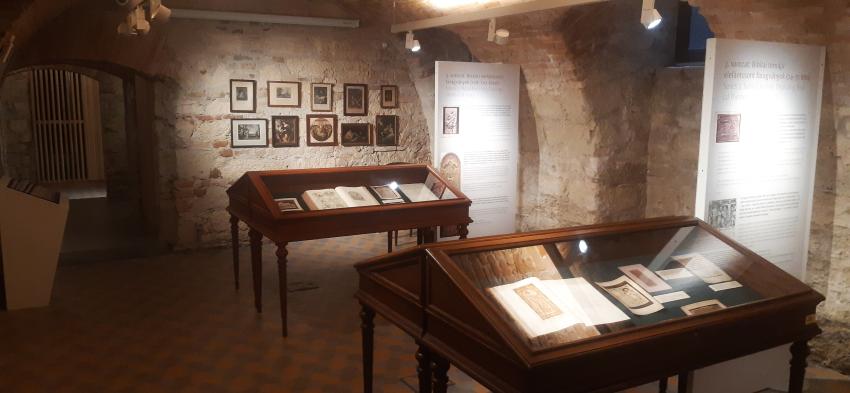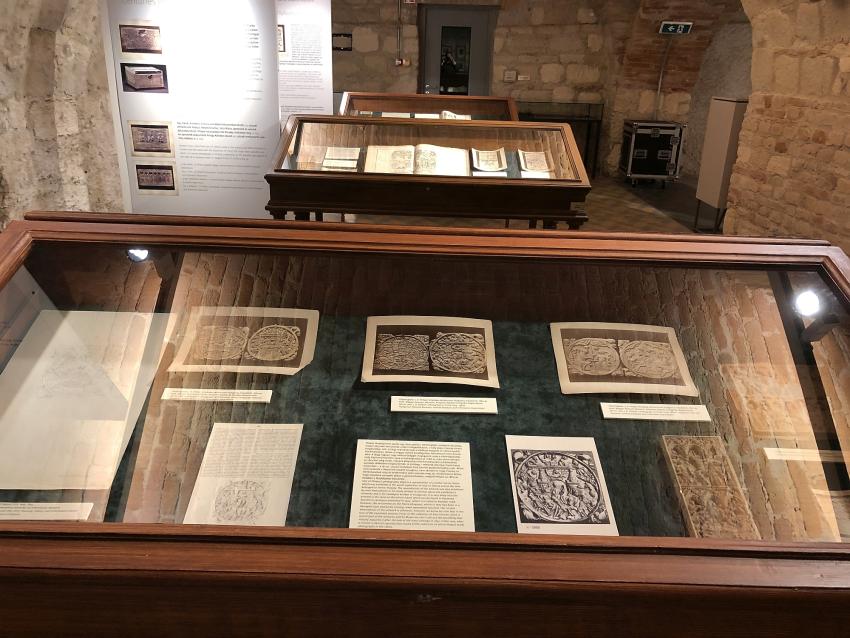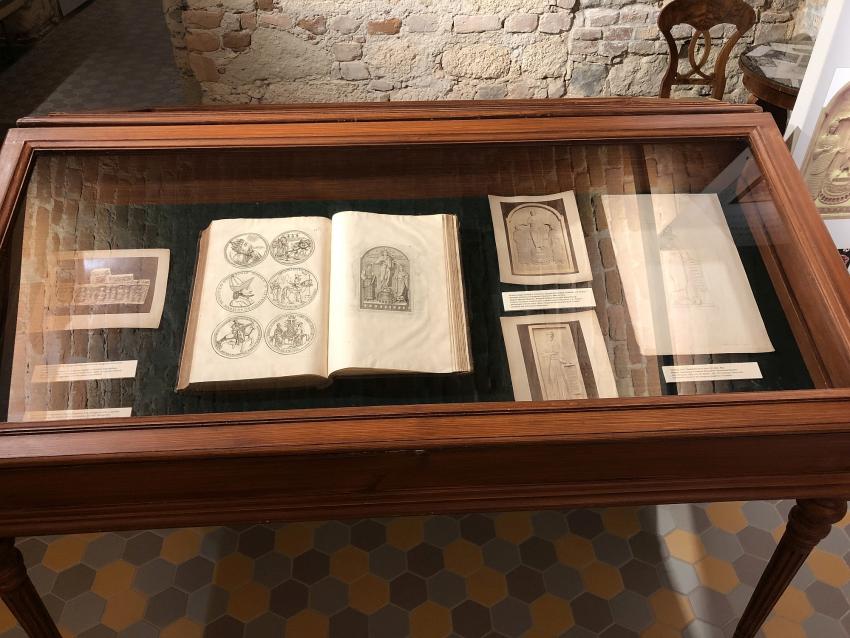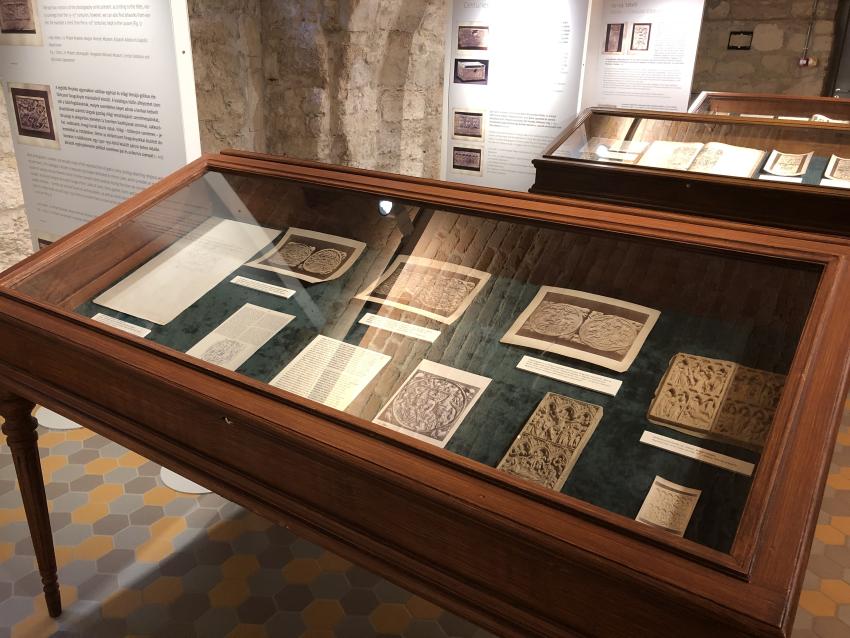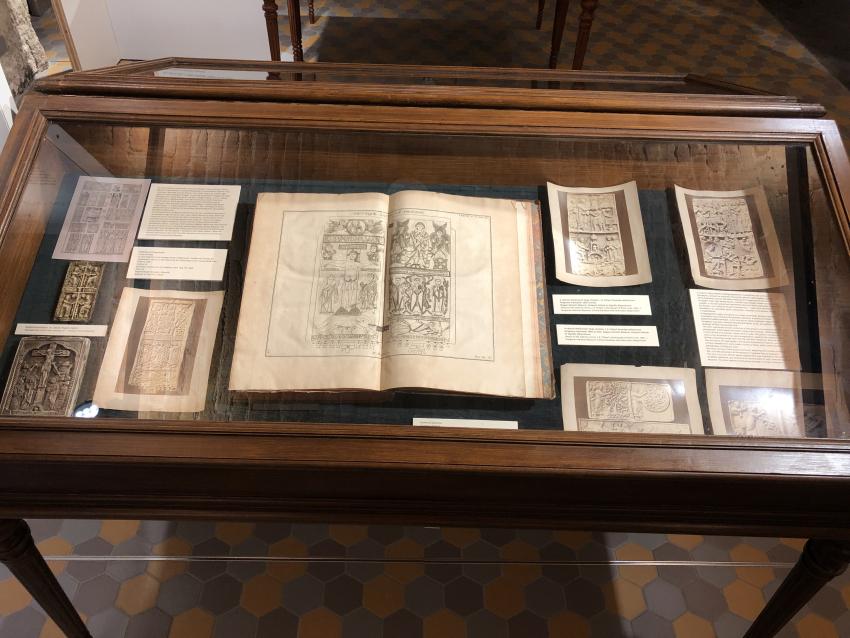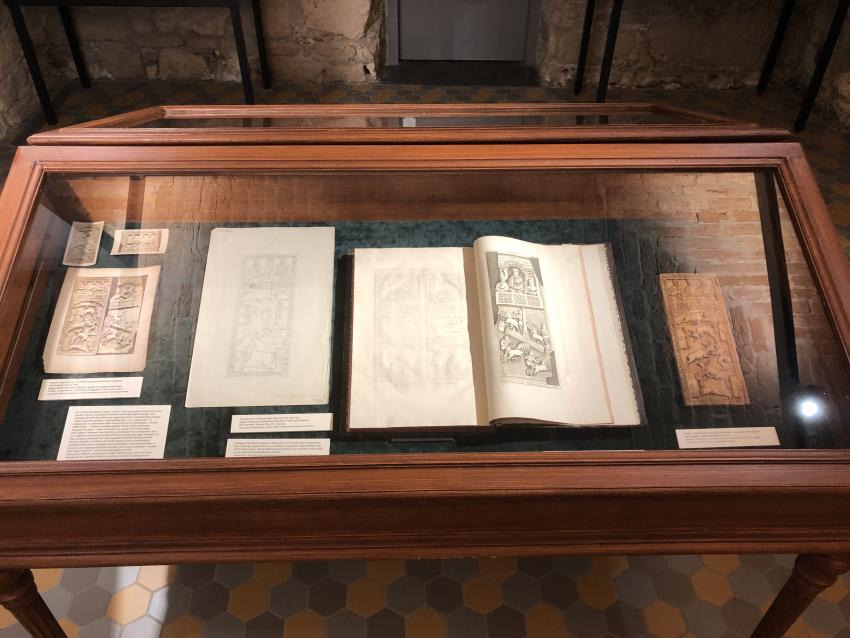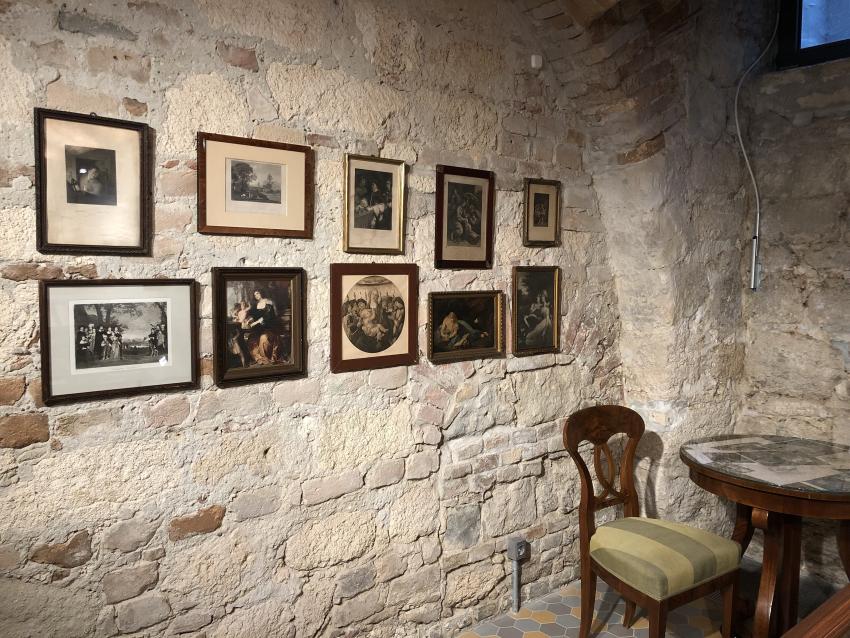“Present of Ferencz Pulszky”
Engraving, Plaster Cast, Photograph – Chapters from the History of Artwork Reproduction
Ferenc Pulszky came from a prosperous, erudite, Lutheran gentry family from Sáros county (Eperjes, now Prešov). His uncle Gábor Fejérváry, who was also a Lutheran and a distinguished art collector, had a great influence on the perceptive young law student. They travelled through Europe several times. His uncle’s affinity for collecting artworks and antiquities appealed to the young Pulszky. His education and excellent knowledge of languages meant a secretarial job for him by the side of Lajos Kossuth. He accompanied Kossuth during his emigration on his travels in Europe and America. After the Austro-Hungarian Compromise, from 1869 for the following 25 years he was the director of the Hungarian National Museum. His knowledge, international experience and cultural organizing made him an exemplary figure of Hungarian museology. The different methods of artwork reproduction were especially important for him, as in this era they were the only way of gaining experience and knowledge of art relics in teaching and the education of later generations.
This exhibition presents not only the British photographer John Brampton Philpot’s photography series of fictile ivories, given to the Hungarian National Museum as the “present of Ferencz Pulszky” in 1870, but also provides insight on the history of European artwork reproduction.
From ancient times, reproduction has been a basic method of the conservation of cultural traditions.
Since the early modern period, artwork reproductions have been an addition to art collections, or served as educational tools to substitute the valuable original artworks that were often kept in closed collections or restricted faraway places; primarily they used engravings from illustrated catalogues of the collections for that purpose.
From the 17th century onwards, artwork reproductions had a significant role in the academic education of artists, and also had a part in education in general using the collections of schools and universities.
Additionally, reproductions that could be multiplied in great quantities played a significant role in spreading the elements of style in fine arts, applied arts and architecture.
In the first part of the exhibition we can see the main genres of artwork reproduction like engravings, plaster casts and photographs. We also present here the Fejérváry–Pulszky collection, as well as the artwork reproduction movement in the 19th century in Europe and in our country, in which Ferenc Pulszky played an important role as the director of the Hungarian National Museum, and also the artwork photography series made by John Brampton Philpot.
In the second part of the exhibition we can study Philpot’s photography series of fictile ivories together with many earlier engraving book illustrations, drawings and plaster casts from the 19th century that depict the artworks seen in Philpot’s pictures.
Click here to open the tableaux of the exhibition
Click here to open the interactive Application "From Ancient Ivory Cravings to Renaissance Drawings"


